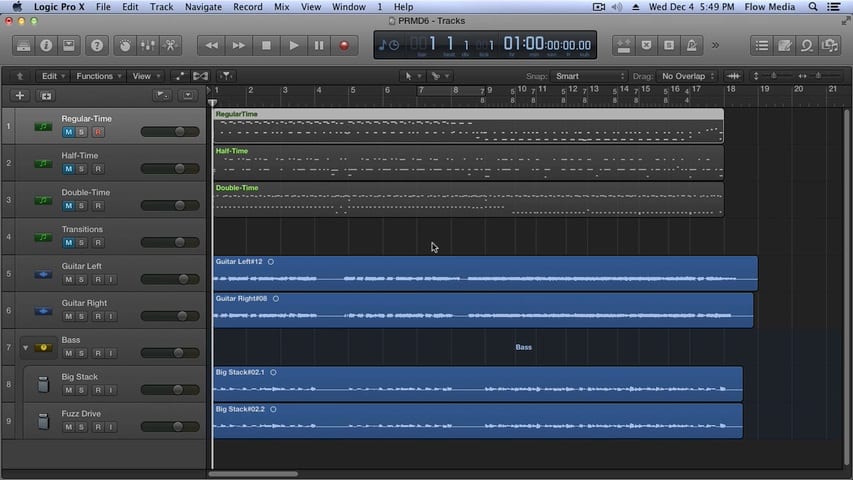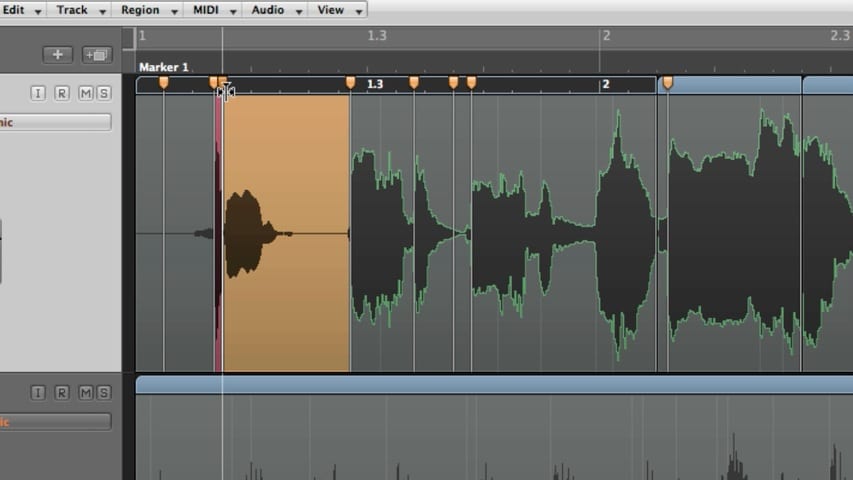
In Part 6 of The Progressive Rock Method’s How to Program and Edit Progressive Rock Drums you will learn the differences between half-time, regular-time, and double-time feels, and how to implement them into your drum programming to enhance your music.



